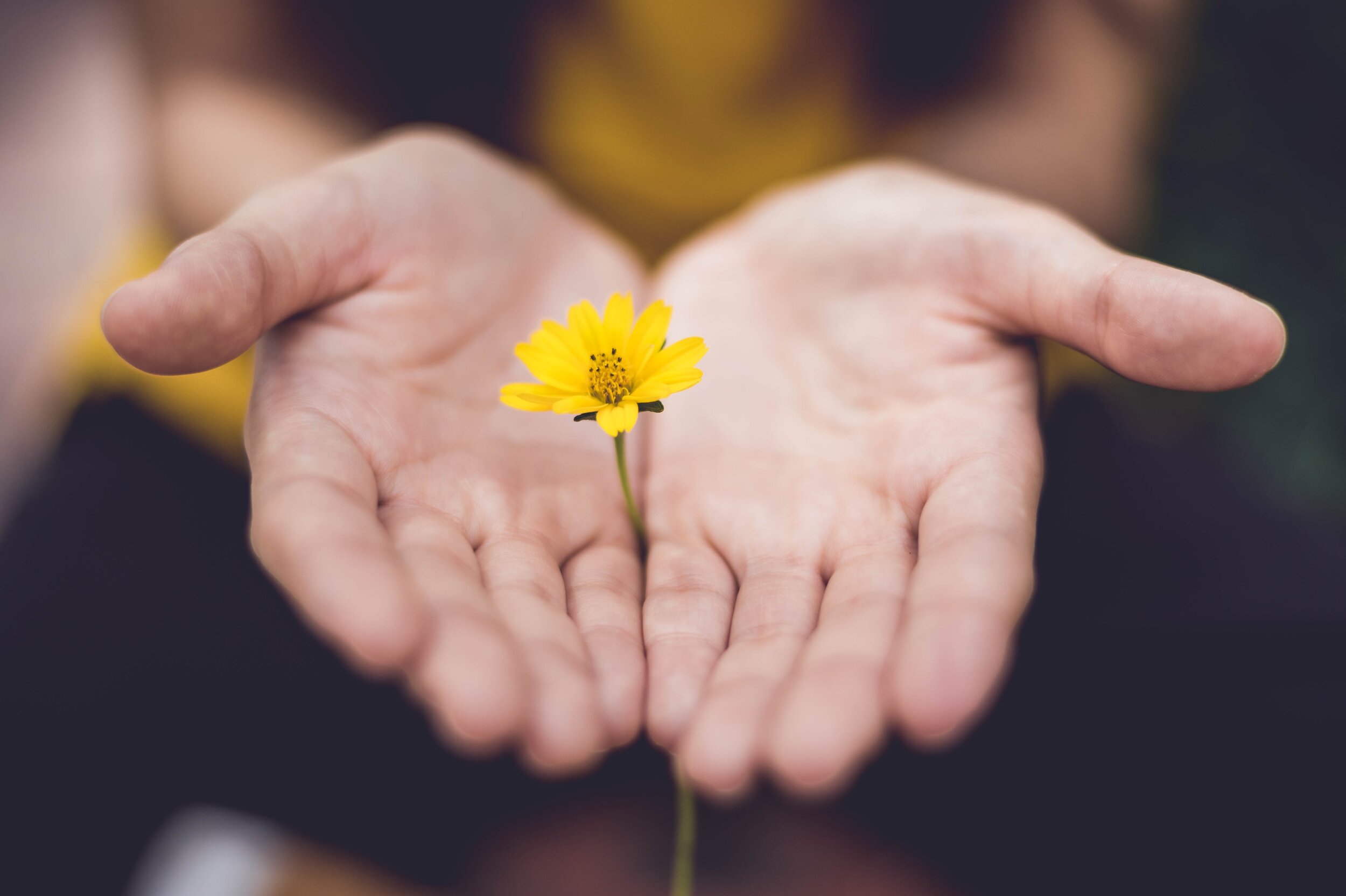When your mind is constantly preoccupied with food, weight, and your body, it may be difficult to recognize that your struggles are really not about food at all. Most people who struggle with emotional eating have a deeper understanding of food in relation to studies, diets, and health than they’d care to share. When we can explore our food history to begin to see where our patterns were first picked up, we can more clearly see how it’s not information we are lacking. Rather, we want to explore how it came to be that food became the most accessible coping tool for emotional pain, which is about emotional avoidance and really has nothing to do with the food itself.
If you have been stuck in yo-yo dieting struggles for much many years, gaining and losing the same X amount of weight over and over again, it feels like “it must be me, I must be the problem.” However, the awareness that it is actually NOT about the food can be difficult to wrap your head around because food and body thoughts constantly preoccupy your mind. When this awareness, it’s not about the food, can be fully internalized, it can begin to set free the feelings of failure and shame that a yo-yo dieting history can create. Diet culture has instilled the belief that a diet can save us, that it IS about the food, that a diet can solve all of our body-image struggles and give us confidence and happiness. We now have a lot of research and data that shows quite the opposite, that diets actually have a nearly 96% failure rate, and yet they make the dieter feel as though it’s their fault. The culture is changing, however, it’s slow as these beliefs are deeply embedded and extremely pervasive.
Most people have a food story. A story that begins with their body being up for discussion from a very young age. One that begins with being put on a diet very early in their life. One that begins with not being allowed to eat things their siblings were allowed to because of their body size. One that begins with food being offered as the only sign they received from care givers of being loved or cared for. One that begins with food being an escape from loneliness, isolation, fear, and pain. One where they were told to ignore their hunger/full cues in order to clean their plates, or due to guilt of hungry children in other countries. One where access to food was scarce and inconsistent. One where food was a punishment. One where a parent actively restricted their food, commented on their own and other people’s bodies with constant judgement. No matter what your food story is about, the middle, the place where we can recognize that it’s not about the food, is where there is an opportunity to seize the moment and develop a deeper self-awareness. When we can fully understand that it’s not about the food, then we are free to explore, then what is it actually about?
Writing out your food story can be deeply healing and meaningful. In both my online course and workbook, I offer guidance to go through this process as an exercise as it’s an essential component in the process of healing your relationship with food. Ideally we all want food to be just food. We all want food to be something we eat for nourishment, pleasure, connection, and to feel good. We want to stop the food noise, body checking, and just feel good. If you have a complicated relationship with food, or one where food is both a problem for you as well as the solution to your problem, we have to interrupt the cycle and begin to create openings for the relationship and patterns to change. With any relationship, there needs to be awareness, honesty, shared experience, and open, respectful communication. In order to heal and transform our relationship with food, as well as with ourselves, we have to unlearn the old beliefs, stories, and fear of food and our bodies from the toxicity of the past to one of mutual respect and care.
When you examine the past, it’s not about drudging up pain and suffering, or pointing fingers and blaming, it’s about awareness. When we have a deeper understanding of how and why our relationship to food has become one of struggle, shame, and even contempt, we can begin to unravel, understand and hold the past with curiosity and compassion. When we start with awareness we can begin to develop a roadmap for ourselves to what we want from where we’ve been. When you know it’s not about the food, you know that there is no diet, wellness plan, or workout that will make you satisfied with food or your body. When you know it’s not about the food you can take a deep dive and excavate the roots of the emotions, the hurt, the struggles, and the external noise that became internal dialogue. When you know it’s not about the food, you can clearly see that healing is possible by walking through the wounds of the past, and into the hopeful space of the vision you can create for yourself.
When time allows, spend some time writing out your food story and examine your own history. Then take anything that feels harmful, toxic, and just untrue, and begin to rewrite your story, write out your desires for your new, more loving, inclusive, and compassionate story going forward from today.



